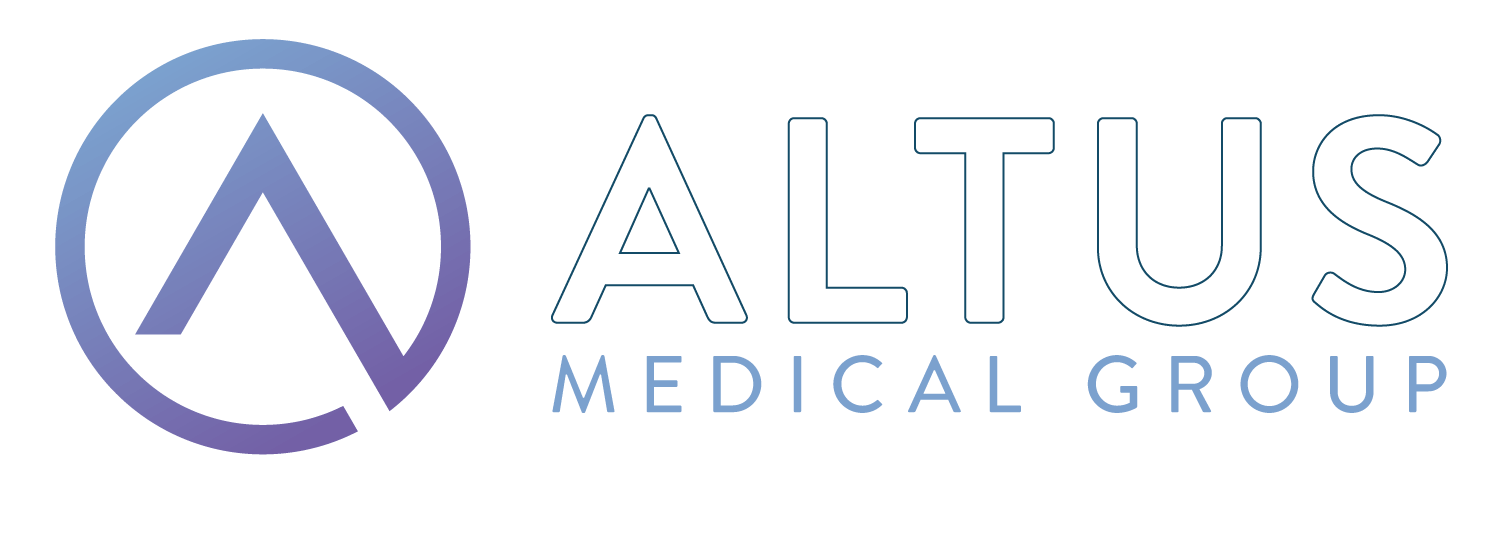Neurosurgery
Altus Medical Group’s neurosurgery group is at the highest level of the injury care continuum. Possibly no other practice area is so impacted by the individual physician’s skill and experience.
Fellowship trained in spine surgery and spinal cord injury, Dr. Cannestra has a wide range of neurosurgical expertise and served as Director of the Baptist Robotic Spine Surgery program. A founding member of the Society for Minimally Invasive Spinal Surgery, Dr. Cannestra is a Diplomate of the American Board of Neurologic Surgery, a member of the American Association of Neurologic Surgeons, the Congress of Neurologic Surgeons, and the National Association of Spine Surgeons. His areas of interest include:
• Spinal Surgery (Fusion & Dynamic)
• Minimally Invasive Neurosurgery
• Neuroendoscopy
• Spinal Reconstructive Procedures
• Artificial Disk Implantation
• Robotic Spinal Surgery
Minimally Invasive Procedures
These procedures are now widely accepted. With wide adoption comes many physicians new to and with little practical experience in the specialty. Dr. Cannestra’s skill is well documented over many years and successful outcomes.
Minimally invasive procedures often negate the need for more extensive surgeries. These surgeries also work to preserve muscle, tendons, and tissue.
Recovery time is drastically reduced when compared to other more extensive surgeries and procedures.
Spinal Conditions & Treatments
Spinal conditions can result from injury, trauma, and overuse of the muscle and soft tissues of the neck and back. Spinal conditions may also include conditions not addressed or made worse by other surgery or therapy.
Chronic pain presents as persistent, ongoing discomfort.
Revision Spine Surgery
Revision spine surgery applies corrective measures when a prior spine surgery has failed. It can also be necessitated by the need to address an issue in the same area of the body. These surgeries are complex, bring an elevated level of risk and should only be performed by a surgeon and care team experienced with similar surgeries.
Failed Back Surgery
Prior disc surgery, previous attempted fusions, fractures, fusion adjacent level issues, and pain caused by spinal hardware are common causes. Neurological deficits are among possible symptoms that include pain, weakness, numbness, and sciatica. Like revision spine surgery, these surgeries are complex, bring an elevated level of risk, and should only be performed by a surgeon and care team experienced with similar surgeries.
Herniated Discs
Herniated discs occur when the center part of the intervertebral disc ruptures through the outer wall of the disc structure. The rupture pressures nerves, causing pain and numbness. “Traveling pain” and numbness in the buttock and down the leg are often-cited symptoms.
Spinal Stenosis
Spinal stenosis results from narrowing of the spinal canal that compromises the spinal cord and spinal nerves. Back, leg, and arm pain; sciatic nerve pain; numbness; weakness; balance problems; flexed forward posture; and difficulty walking distances are common symptoms.
Degenerative Disc Disease
Degenerative disc disease occurs as a natural byproduct of our aging process. With symptoms that include prolonged back pain, bouts of acute pain, pain at sitting for long stretches, bending, lifting, and twisting, degenerative disc disease can occur in any area of the spine.
More severe symptoms can originate from potentially more serious conditions that require immediate attention.
Acute Back Pain
Acute back pain is non-specific and usually doesn’t have an immediately identifiable cause. We define it as six to twelve weeks of persistent pain in the costal angle of the buttock fold that radiates to one or both legs and sciatica. The strain affects the muscles and ligaments in the back that have been stretched or torn by excessive activity.
Back pain is the fifth most common reason for doctor visits and affects 60 to 80% of EVERYONE. That’s a lot of people whosuffer a back problem at some point in their lives.
Back pain also occurs as symptoms associated with Ankylosing Spondylitis, Rheumatoid Arthritis, Lupus, Crohn’s disease, Fibromyalgia, etc. According to the National Institutes of Health, about 20% of people with acute back pain develop chronic back pain. We offer many different treatment options that can help alleviate the symptoms of back pain. The optimal treatment for back pain depends on obtaining the correct clinical diagnosis and identifying the underlying cause of the patient’s symptoms. Treatments aim to alleviate pain, improve function, shorten healing time, and develop coping strategies for future flare-ups.
Spondylolisthesis
Spondylolisthesis is a condition in which one bone in your vertebra slides forward over another bone next to it. When there is a minor fracture in the bone connecting the joints at the back of the spine, that is known as isthmic spondylolysis.
Spondylolisthesis occurs in approximately 4% to 6% of the adult population. Symptoms include severe chronic back pain, sciatica pain, sensory disturbances, muscle weakness, and neurogenic claudication. It is possible to live years without spondylolisthesis and not have any symptoms. However, older adults with degenerative spinal diseases have a higher risk of the disease. Degenerative spondylolisthesis occurs due to aging and wear and tear of the spine and is most common after the age of 50 and is more common in women than men.
Spinal Cord Injuries
Spinal cord injuries are the most severe form of physical injury and are likely to have a lasting and significant impact on most aspects of daily life. Traumatic injuries can cause bruises, partial tears, or complete ruptures of the spinal cord.
The most critical injuries lead to complete paralysis and loss of function. For example, a complete spinal cord injury can cause paralysis of the entire four limbs (quadriplegia) or the lower half of the body (paraplegia). The severity of pain, weakness, paralysis, and loss of feeling depends on how and where damage in the spinal cord occurs. For example, damage to the center and back cords can affect the legs, while injury to the neck can affect the arms, breathing, and upper muscles.
